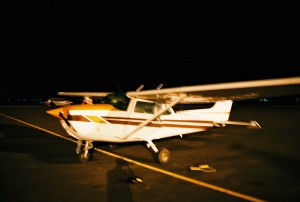Photo by iamtimmo
Last night my friend Marc dropped me an email with the pilot’s and ATC’s view of 3407, including the MP3 archive of the fateful flight. Here’s his email:
If you’re interested – Callsign – Colgan 3407
http://archive-server.liveatc.net/kbuf/KBUF-Feb-13-2009-0300Z.mp3http://flightaware.com/live/flight/CJC3407
Approach plate KBUF ILS 23:
http://204.108.4.16/d-tpp/0901/00065IL23.PDF
Clarance Center, NY would be slightly SW of the TRAVA intersection.A little after 12:00 – cleared to 2300ft, for intersecting the glideslope.
Little after 15:00 – cleared for ILS, 3 N of KLUMP.
Little after 16:00 – handed off to KBUF tower.
17:21 – first sign of uh oh20:30 – When they are pretty sure somethings wrong
24:00 – Notification to aircraft of a plane down
It was interesting to get this in email first and see/hear the information before getting any other news (I’ve still only briefly scanned the CNN article).
Links:
- MP3 (LiveATC.net): http://archive-server.liveatc.net/kbuf/KBUF-Feb-13-2009-0300Z.mp3
- Flight track: http://flightaware.com/live/flight/CJC3407
- Approach plate (FAA.gov): http://204.108.4.16/d-tpp/0901/00065IL23.PDF
UPDATE: Colgan Air has a link about flight 3407




